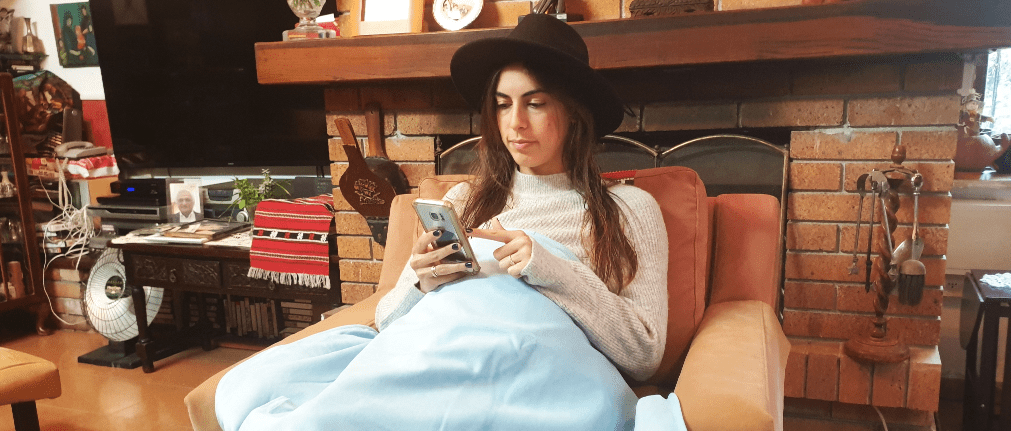CTIA's legal argument is emblematic of efforts by business groups to contest regulations affecting, among other things, drugs, tobacco and campaign finance by arguing that the rules violate free speech protections. Lawrence Lessig, a Harvard law professor representing Berkeley pro bono, said the case is not only about cellphone safety but ''the way the First Amendment has become a tool of corporations to stop regulation.'' Yet First Amendment arguments have won favor at the Supreme Court, which ruled last month on free-speech grounds that public employees could not be required to pay dues to their union locals.
Public-health advocates also see the challenge to the Berkeley law as part of a broader strategy to keep the possible risks of cell phone radiation off the public radar. The effort has been largely successful, they say, partly because of industry pressure and legal tactics. Meanwhile, initiatives by regulators to update public warnings have languished for years, as one government agency after another has hesitated to act.
Whether radiation emitted from cellphones actually poses a risk of cancer or other harm remains an open question. Unlike ionizing radiation such as X-rays or gamma rays, which are strong enough to damage DNA, radio-frequency waves emitted by cell phones are much weaker, and health research has produced ambiguous findings.
While the threat, if any, is probably very small for any single individual, the exposed population is so enormous that any risk at all could trigger a significant number of preventable illnesses. As a result, many health officials and advocates urge that, as a precaution, people take simple steps to limit their exposure such as using headsets and avoiding the use of the devices when reception is poor, a situation causing them to emit more radiation.
All of these measures could be particularly important for children, whose brains have been shown to absorb more than twice as much radiation relative to their body size as adults and whose developing bodies may be more sensitive to radiation’s effects.
“How much proof do you need before you start to protect people? Are we going to go down the road of tobacco and asbestos and say, 'You've got to prove human harm before we take steps to protect people?' I sure hope not," said Devra Davis, founder of the non-profit Environmental Health Trust, which focuses its advocacy efforts on cellphone radiation.
Some studies, including recent federal government research, have linked radio-frequency radiation to a higher incidence of certain rare heart tumors in test animals. What's more, hints of increased risks for a rare but lethal type of brain tumor, glioblastoma, emerged in both a federal study on mice and rats and in a survey of human cases in England.
The findings come after the classification in 2011 by the International Agency for Research on Cancer, a part of the World Health Organization, of radio-frequency radiation as a “possible ” human carcinogen. For now, authors of the recent studies say more research is needed to confirm whether there are health risks for cellphone users.
However, many other studies, including most of those supported by industry, have shown no health effects. And until more is known, the wireless industry and some scientists and government officials warn against fostering unwarranted fears. "The last thing you want is to create a sense of helplessness and false alarm," said Dr. Nathaniel DeNicola, an environmental health expert with The American College of Obstetricians and Gynecologists. In the absence of stronger data, he cautioned against jumping to conclusions but, in the meantime, he discourages patients from keeping their phones in direct contact with their skin.
Today, there are more cell phones in the U.S. than people. More and more, our productivity, our social lives, and even our personal safety rely on our phones. And, not surprisingly, most of us would rather talk, text and put phones in pockets without worry.
"There's a lot of denials operating at every level -- from industry to government to the general public," said Joel Moskowitz, director of the Center for Family and Community Health at the University of California, Berkeley, and one of the Berkeley law’s architects. "People do not want to know about these potential risks. That's understandable because they are so dependent on this technology."
The wireless industry says it is committed to protecting the public. “The safety of cellphone consumers is important to CTIA and the wireless industry," said Justin Cole, spokesman for CTIA, which represents such companies as AT&T and Verizon Wireless. “We follow the guidance of the experts when it comes to cell phones and health effects."
When San Francisco in 2010 passed a law similar to Berkeley’s, CTIA challenged it on First Amendment grounds, and the city backed off after losing a federal appeals court ruling."When they saw the San Francisco law happen, a bunch of cities were thinking about adopting similar laws," Moskowitz said. "But once San Francisco got sued by CTIA, others didn't want to get on board.”
Berkeley, however, moved ahead with a narrower "right to know" ordinance. Its milder wording is closer to government-mandated disclosures and avoided San Francisco’s requirement for retailers to tell customers that their phones could expose them to dangerous, possibly cancer-causing radiation.
CTIA, however, claims that the language required on signs by the Berkeley ordinance is flawed and, thus, it is unconstitutional to compel the signs. It has argued that the signs are "fraught with negative associations'' meant ''to stoke consumer anxiety,'' and are therefore not “purely factual.”
Original article: https://bit.ly/2uJwIv7


